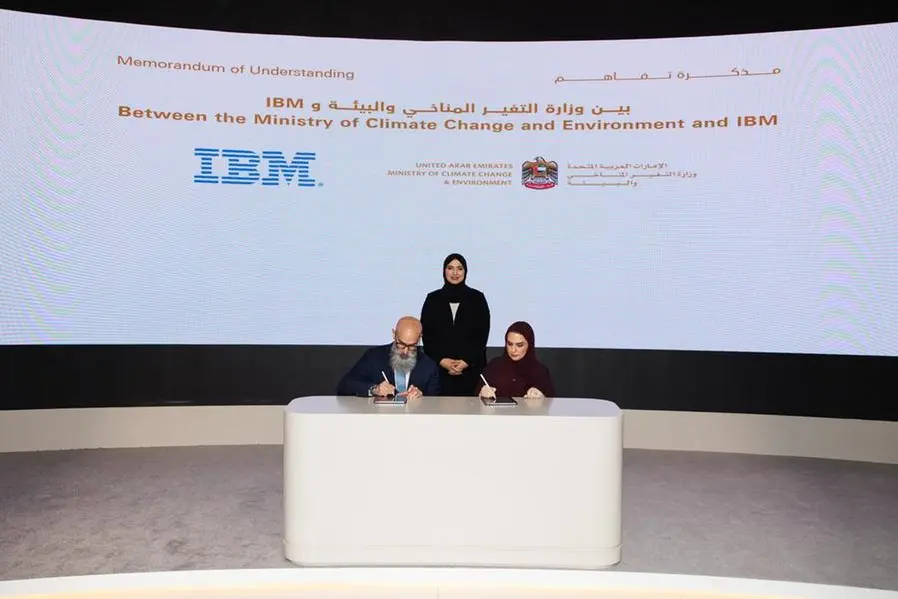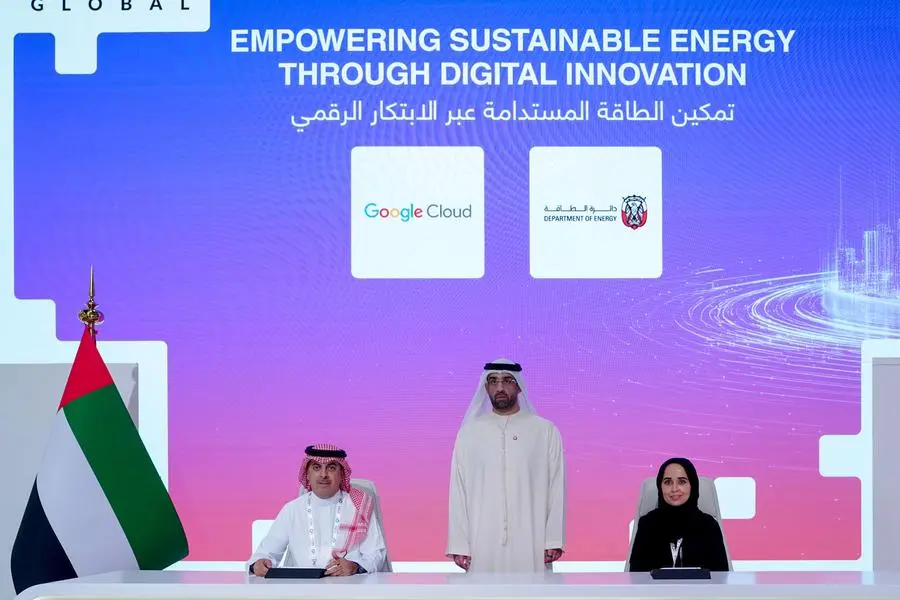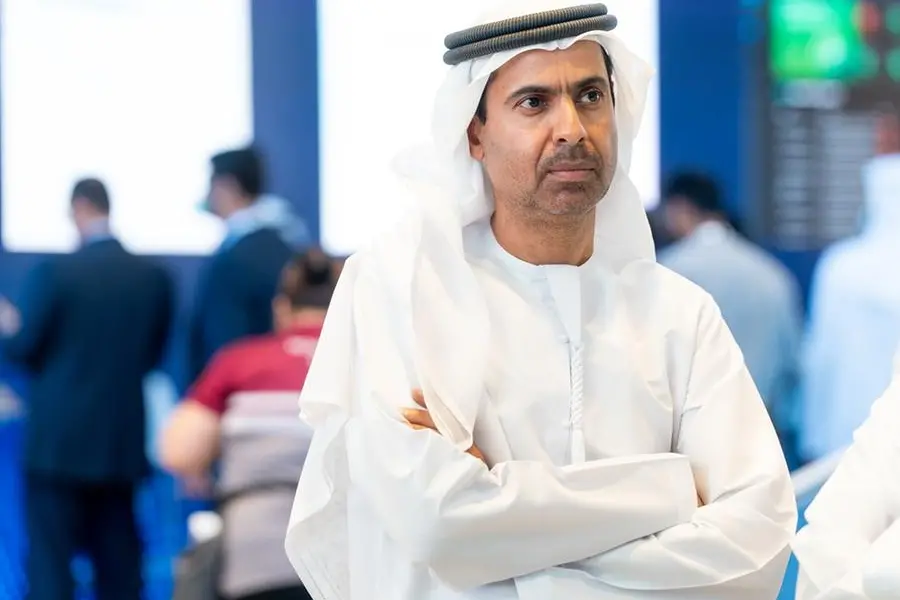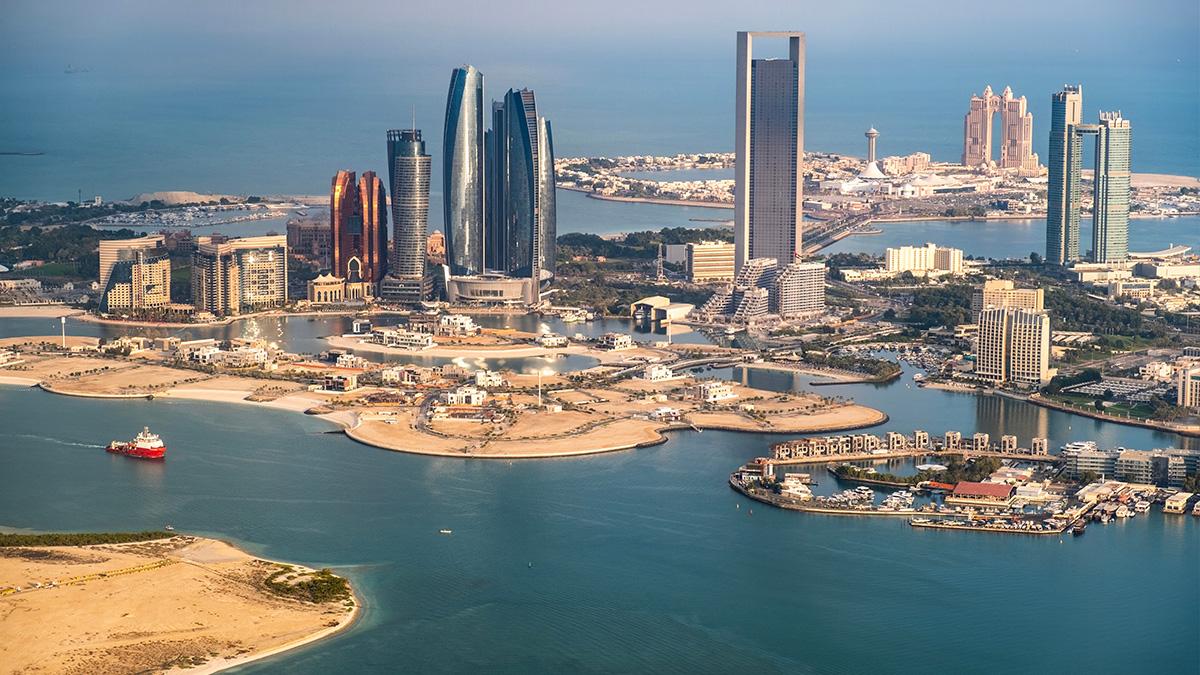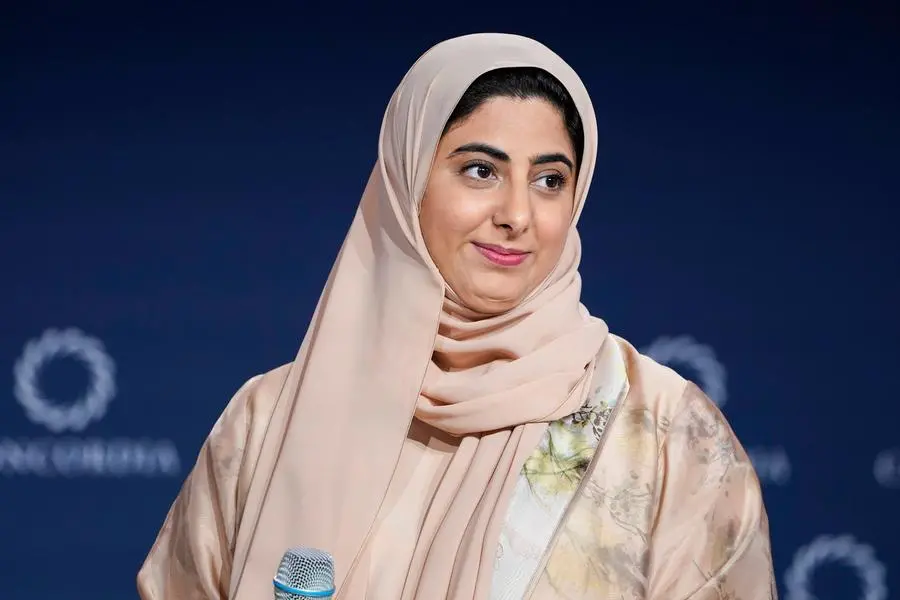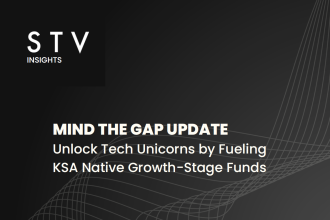The Kingdom of Saudi Arabia is experiencing a significant boom in its blockchain sector, driven by strong government support and increasing private sector adoption that aligns directly with the economic diversification goals of Saudi Vision 2030. The technology is rapidly moving beyond its association with cryptocurrencies to become a cornerstone of digital transformation, with the number of commercial registrations for blockchain-related companies growing by an impressive 51% in the second quarter of 2025 to reach 4,005 firms.
Government Initiatives Pave The Way
A key catalyst for this growth is the proactive stance of the Saudi government. The Ministry of Commerce has streamlined the registration process for tech startups, facilitating a wave of innovation in the blockchain space. The Saudi Central Bank (SAMA) has emerged as a major advocate, utilizing blockchain to deposit a SAR 50 billion liquidity package into the banking sector and continuing to explore emerging technologies to align with global trends. Furthermore, the Communications and Information Technology Commission is actively stimulating the market, which is projected to grow by over 40% by the end of 2025.
Private Sector Adoption and Key Players
The private sector is increasingly integrating blockchain to enhance efficiency and transparency. Energy giant Aramco is using the technology to streamline contract settlements and reduce operational costs, while financial institutions like Al Rajhi Bank are experimenting with smart contracts. The startup scene is also vibrant, with companies like the US-founded DxMinds Technologies and Riyadh-based Infratech leading the way in developing and deploying blockchain solutions for public and private networks.
Strategic Partnerships For Future Growth
Saudi Arabia is cementing its position as a future blockchain hub through strategic international and local partnerships. Saudi Customs has linked with Maersk and IBM’s TradeLens platform to secure and streamline shipping operations. In a major push for enterprise adoption, stc has partnered with ConsenSys to lower the costs of prototyping and testing blockchain solutions for corporations and government bodies. Perhaps most significantly, the “Aber” project, a joint digital currency initiative between SAMA and the UAE Central Bank, marks a groundbreaking step in leveraging distributed ledger technology for cross-border financial settlements.
Navigating The Challenges Ahead
Despite the rapid progress, the sector faces several hurdles. The technology is still maturing globally, and the lack of comprehensive legislative frameworks in Saudi Arabia presents a challenge. Additionally, the market is contending with a shortage of specialized talent, high infrastructure investment costs, and a general lack of institutional awareness regarding the benefits and applications of blockchain. Overcoming these obstacles will be critical for sustaining the current growth trajectory.
About Saudi Vision 2030
Saudi Vision 2030 is a strategic framework designed to reduce Saudi Arabia’s dependence on oil, diversify its economy, and develop public service sectors such as health, education, infrastructure, recreation, and tourism. Launched in 2016, the vision is built around three primary themes: a vibrant society, a thriving economy, and an ambitious nation, with digital transformation and technological innovation serving as key enablers of its goals.
Source: Sharikat Mubasher


